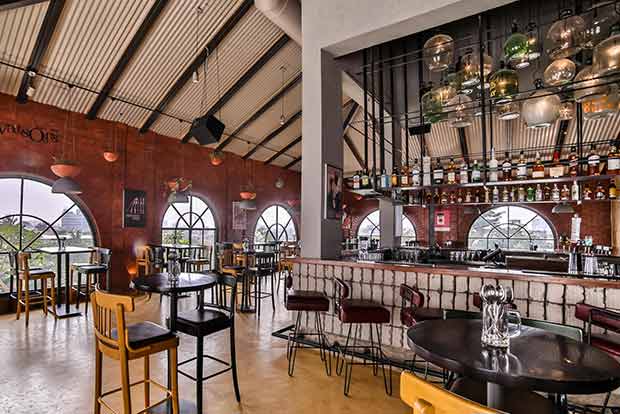Few business sectors have experienced such violent swings between feast and famine in the last year as restaurants.
Early in the pandemic, there was a demand problem: Few to no customers were willing to take the risk of eating in a dining room. Today, people are going out to eat again, and amid overwhelming demand, there’s a supply issue: A serious labor shortage confronts restaurants across the country. As a chef and former restaurant owner, I know that the root causes of this predicament date to well before the pandemic. To address it, restaurants must fundamentally change. Diners must, too. Operating on the thinnest of margins, restaurants often engage in a race to the bottom to offer diners “value” and keep them coming back. They buy cheap ingredients, pay low wages and stretch people to their limits. In many restaurants, immigrants and people of colour are marginalised, and reports of sexual harassment and assault are widespread. And restaurant culture more broadly shames employees for taking care of themselves, valourises abuse as “tough love” and shows little regard for work-life balance.
This can be especially true in high-end, prestigious restaurants. They’re often worse places to work because they capitalise on the résumé-building value of their reputations, extracting even greater sacrifices from employees. Abuse (often glamourised on reality TV shows with celebrity chefs) is excused as necessary to create a superlative dining experience for the customer.
It’s no wonder that in the last year and a half, both front (hosting and waiting) and back-of-the-house (kitchen) restaurant workers have quit the industry in droves. Restaurants’ staffing crises were not created by former employees opting to collect unemployment benefits rather than return to work, as some people have argued. Rather, many restaurant employees have discovered that having time to care for family members, engage in self-improvement projects or participate more in parenting and household chores improved their well-being. They have reflected on the abuse, exploitation and lack of safety they endured in kitchens and dining rooms, and questioned whether or not to return.
There’s little to reassure workers that returning to restaurants now is a safe or wise choice. Although many corporations are delaying return-to-work requirements until later in the fall or even next year to protect the health of all their employees, restaurants that survived the pandemic — and many didn’t — are welcoming customers back out of necessity. Workplace safety remains a real concern. In this ongoing pandemic fuelled now by the Delta variant, restaurants cannot easily adapt to social distancing or staggered work schedules. By design, kitchens are tight spaces, and restaurant work involves closely interacting with an ever-changing cast of strangers. Working from home is not an option. And as diners return to restaurants, some seem to have forgotten their manners. Reports of rude and abusive customers have proliferated.
Thankfully, extended unemployment benefits have afforded some restaurant workers breathing room to consider whether to return. Increased wages are a necessary first step to convince them, but for many workers, the decision is not only a financial one, said Steven Picker, executive director of the NYC Department of Small Business Services’ Food and Beverage Industry Partnership, an alliance between the city and industry professionals and businesses. We must take this moment, he said, as “an opportunity to commit to improvements in talent management and workplace culture — critical components in the restaurant industry’s ability to be healthy and resilient.”























